CLARITY IS NOT THE AMOUNT OF INCLUSIONS
CLARITY AND THE NUMBER OF INCLUSIONS INSIDE THE STONE
This post contains affiliate links. If you use these links to buy something I may earn a commission. Thanks! As an Amazon Associate I also earn from qualifying purchases.
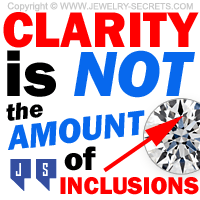
For some reason, people always believe that a certain clarity grade is given to a diamond, based upon the amount of inclusions (flaws) inside the stone.
This is untrue!
You could have an I clarity diamond (one of the lowest clarity ranges there is), with only 1 visible flaw.
And, you could also have a VVS1 clarity diamond (one of the best there is), with 5 flaws or more.
Clarity is not based upon the amount of imperfections, it’s more of how they visually appear, where they reside, and if they’re visible to the bare eye. That’s what determines the clarity grade of a diamond.
Take a look at these diamonds below… They are all I1 clarity diamonds, but they look more like VS stones…
These diamonds are so impressive
For most of them, they really only have one visible flaw… The rest of the stone is fairly clean (something normally only found in higher quality diamonds).
But they are still graded as I clarity because that one flaw is visible to the naked eye (no jeweler’s loupe or microscope needed).
That really is one of the biggest factors in determining low quality from high quality:
Can you see the flaw?
If you can see it without magnification, generally it’s an I clarity diamond (which could be I1, I2, or I3).
If you can’t see anything, and need a microscope to spot the flaws, then it’s a better clarity, like an SI1 clarity diamonds or higher. As seen here…
(SI2 diamonds are in the middle, some you CAN see flaws in, others are harder to spot.)
So it’s not the amount, but the visual aspect.
How it Appears to the Eye
If the flaw is black (which makes it easier to spot), and located in the middle of the stone (where the crown facets can’t hide it), then it probably won’t get a high grade.
It’s not desirable
Who wants to see flaws for the rest of their life?
So don’t worry about how many there are, be more concerned about where they are, and if you can see them.
This is why each diamond should be viewed independently (and magnified). Each diamond is unique in nature and will face up differently.
Only when you see the diamond, observe their flaws, can you truly make a better buying decision.
Check out these awesome SI1+ diamonds here.
Cheers! :)


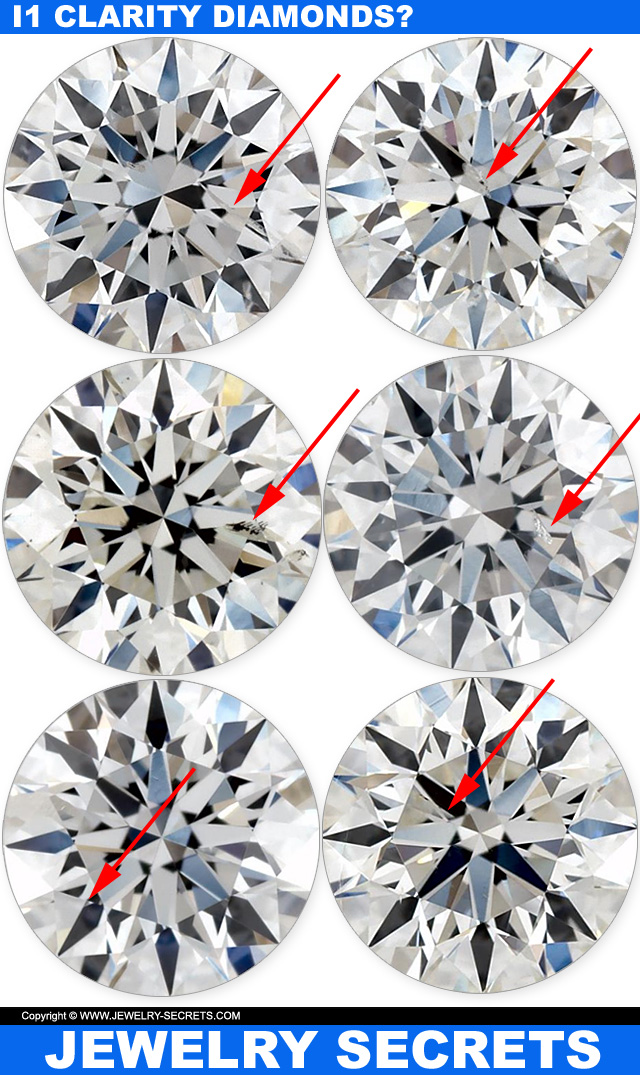
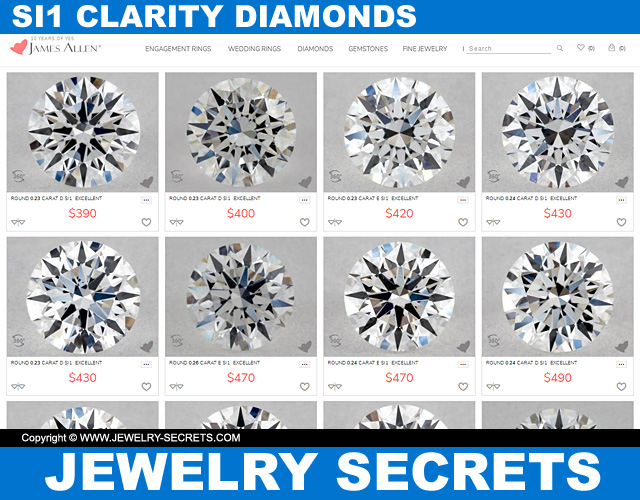



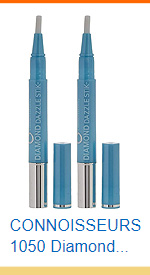

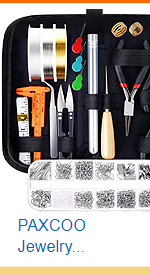
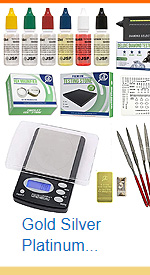

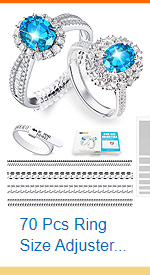

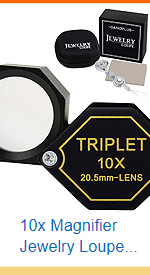
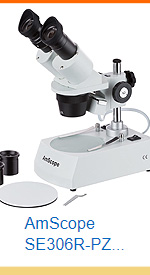




Leave a comment